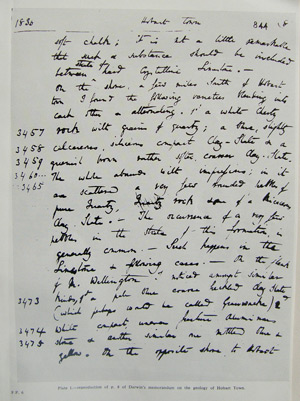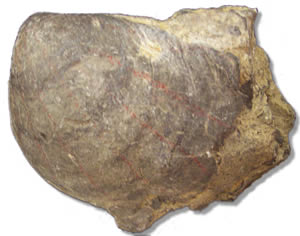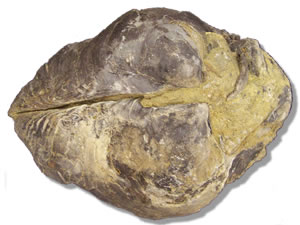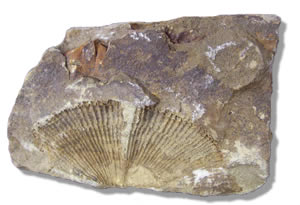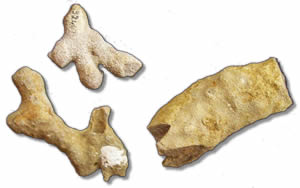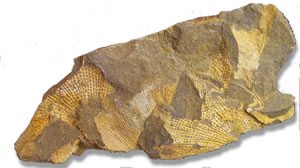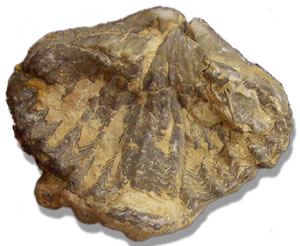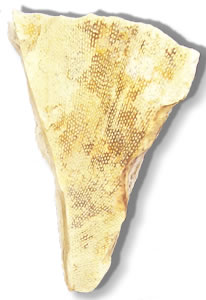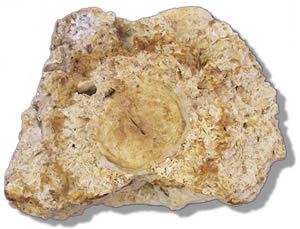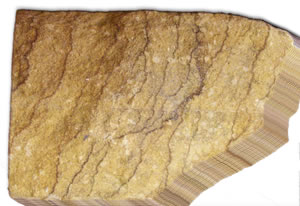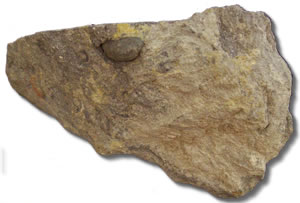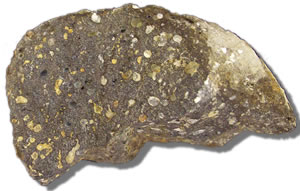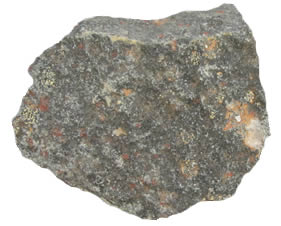
|
Geological discoveries - Hobart Town Darwin viewed, noted and collected some geological specimens from Sandy Bay, Porter Hill, West Hobart, the Domain, Cornelian Bay, Taroona, Bellerive, Howrah, Mount Wellington, Ralphs Bay and New Norfolk. On his fourth day in Hobart, Monday the 8th of February, Darwin explored the Bellerive foreshore and noticed rapid changes in rock types. He was particularly interested in the sedimentary rock with its fossils of marine shells, rock fragments and ironstone veins which reminded him of the sediment near Cape Horn where he had seen Andean glaciers descending to the sea and breaking off to float away as icebergs. These icebergs contained assorted rock fragments which Darwin surmised originated from assorted debris (dropstones) dropped from ice floating on a shallow sea during an ancient ice age. He was probably the first to recognize the effects of ancient glaciers in Tasmania. On his fifth day he found volcanic rocks near Blinking Billy Point on his walk from Battery Point to Sandy Bay. He concluded the cliff nearby, which revealed two lava flows and much volcanic debris, was the eroded heart of an ancient volcano, a view that was not confirmed until many years later. Darwin was undoubtedly the first to recognise the remains of a volcano in Tasmania.
|
|
Charles Darwin Home | Utas Library Home Authorised by the University Librarian | © University of Tasmania ABN 30 764 374 782 |
